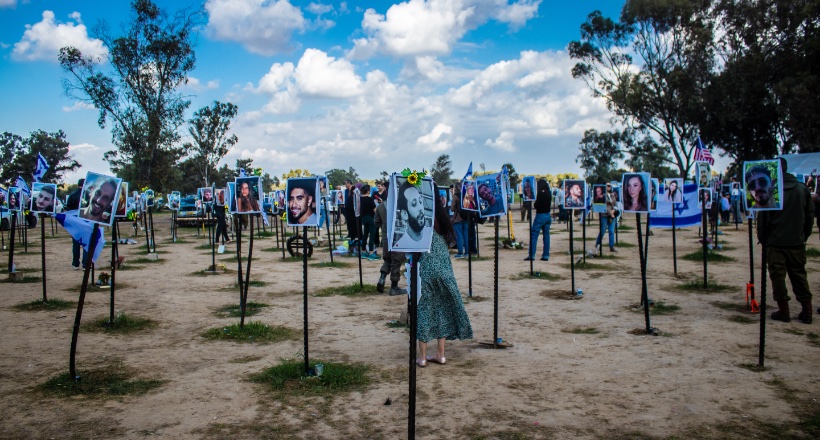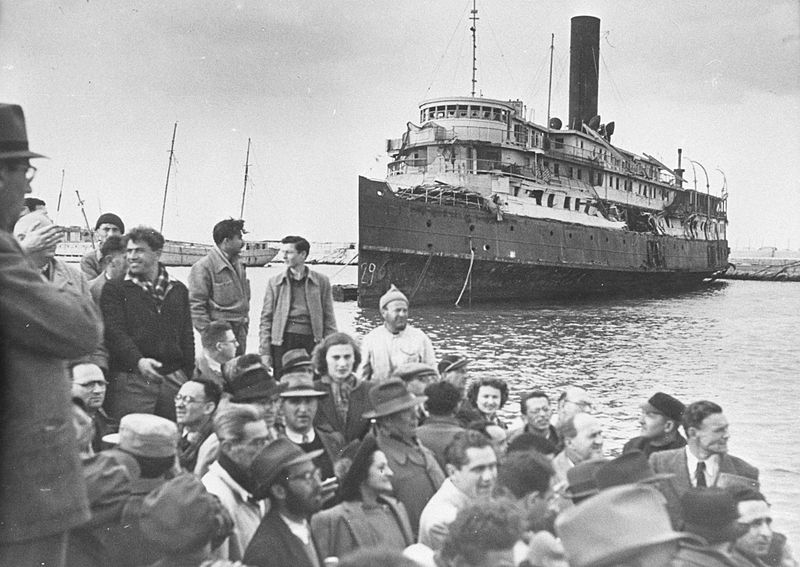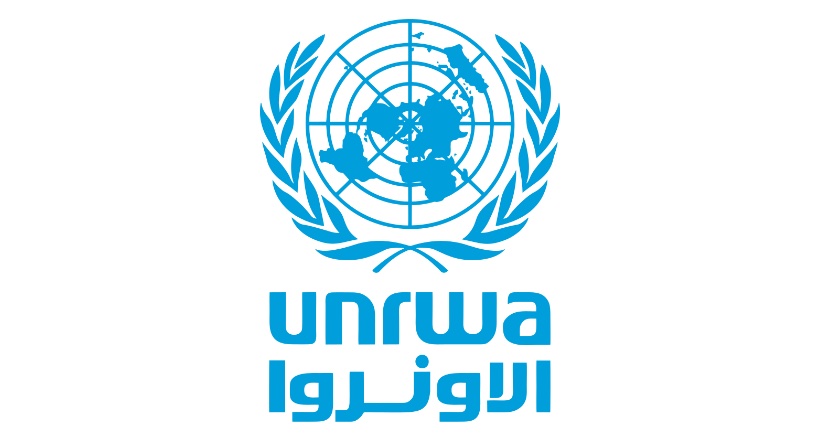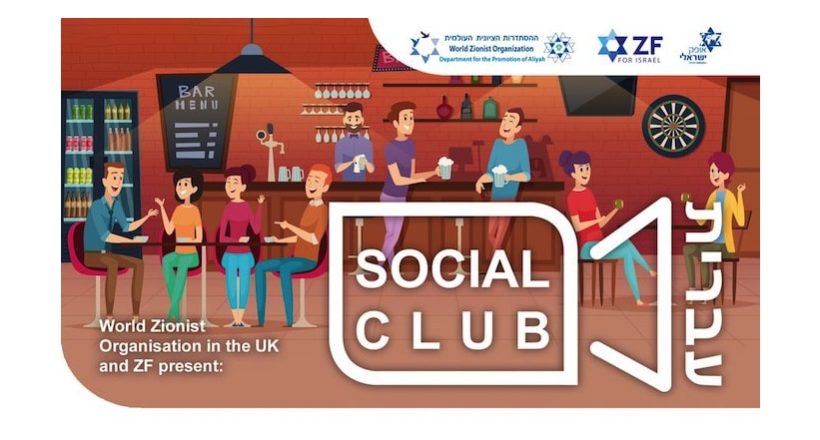Days of Joy and Pain: The Liberation of Hostages from Hamas Captivity
The Long-Awaited Return Early in the morning on Monday, October 13, the release of the last living Israeli hostages held by Hamas in the Gaza Strip began. This event was the culmination of a peace agreement negotiated with the mediation of US President Donald Trump.

The release took place in two stages. First, seven people were handed over through the International Committee of the Red Cross, followed by another thirteen. In total, 20 living hostages returned home — all those who had survived nearly two years of captivity.
Among the freed were people of various ages and fates. They were sons and daughters, parents and grandparents, for whom 738 days of captivity became a test of human endurance. They were taken to the Sheba Hospital in Tel Aviv, where they met their loved ones for the first time in many months.
The Joy of Reunion
For twenty families, October 13 was a day of incredible relief and joy. It was the day when the hope they had cherished all these months finally materialized. When the hospital doors opened, and they could embrace their relatives who returned from hell.
These families never lost faith. They took to the streets, demanded action, reminded the world of the fate of their loved ones. They fought despair every day, clinging to every piece of news, to every hope for negotiations. And now their struggle has been crowned with success — their loved ones are home.
The Pain of Those Who Won’t Return
But October 13 is also a day of deep mourning. On the same day, Hamas handed over to Israel the bodies of four deceased hostages: Daniel Perez, Yossi Sharabi, Guy Helez, and Bipin Joshi. The identification process was conducted by experts from the Abu Kabir Forensic Institute with police participation.
For the families of these individuals, October 13 became a day of final and irrevocable farewell. A day when the last hope was buried along with the bodies of their loved ones. Hamas still holds the bodies of another 24 deceased Israelis, and for their families, the wait continues.
Their pain is of a different kind — it’s not the joy of reunion, but the bitterness of loss. It’s not relief, but the weight of finality. It’s not a return home, but an eternal void in families where a familiar voice will never be heard again, a loved one’s smile will never appear.
A Contrast of Emotions
These two worlds — of joy and pain — existed side by side on October 13. In some hospital rooms, tears of happiness and hugs were heard, in others — cries of sorrow and inconsolability. Some families planned a return to normal life, others prepared for funerals.
The Hostage Families Headquarters even demanded to suspend the agreement with Hamas until the return of all the deceased’s bodies. For them, peace cannot be complete while their loved ones are not buried with dignity on their homeland soil.
The Price of Peace
The release of 20 living hostages was the result of an agreement under which Israel released about 2000 Palestinian prisoners. It’s a deal that many dispute, but it gave twenty Israelis a chance at life.
Hamas no longer has living hostages, but the tragedy is not yet over. 28 bodies are still in the Gaza Strip, and for their families, the wait continues. Representatives of the movement promised to gradually hand over the bodies of the deceased, but every day of waiting is a new torture for the relatives.
A Day That Changed Everything and Nothing
October 13, 2025, entered history as the day of the liberation of the last living hostages from Hamas captivity. For some, it’s a day of triumph of hope over despair. For others — a day when hope died forever.
This day showed that even in the most tragic circumstances, there are shades of gray — joy and pain, life and death, return and loss. All coexist in one historical moment, reminding us of the human cost of every conflict and that behind every number are real people, real families, real fates.
For 20 families, the war ended with a return. For 28 others, it continues in an endless wait for the last farewell.





